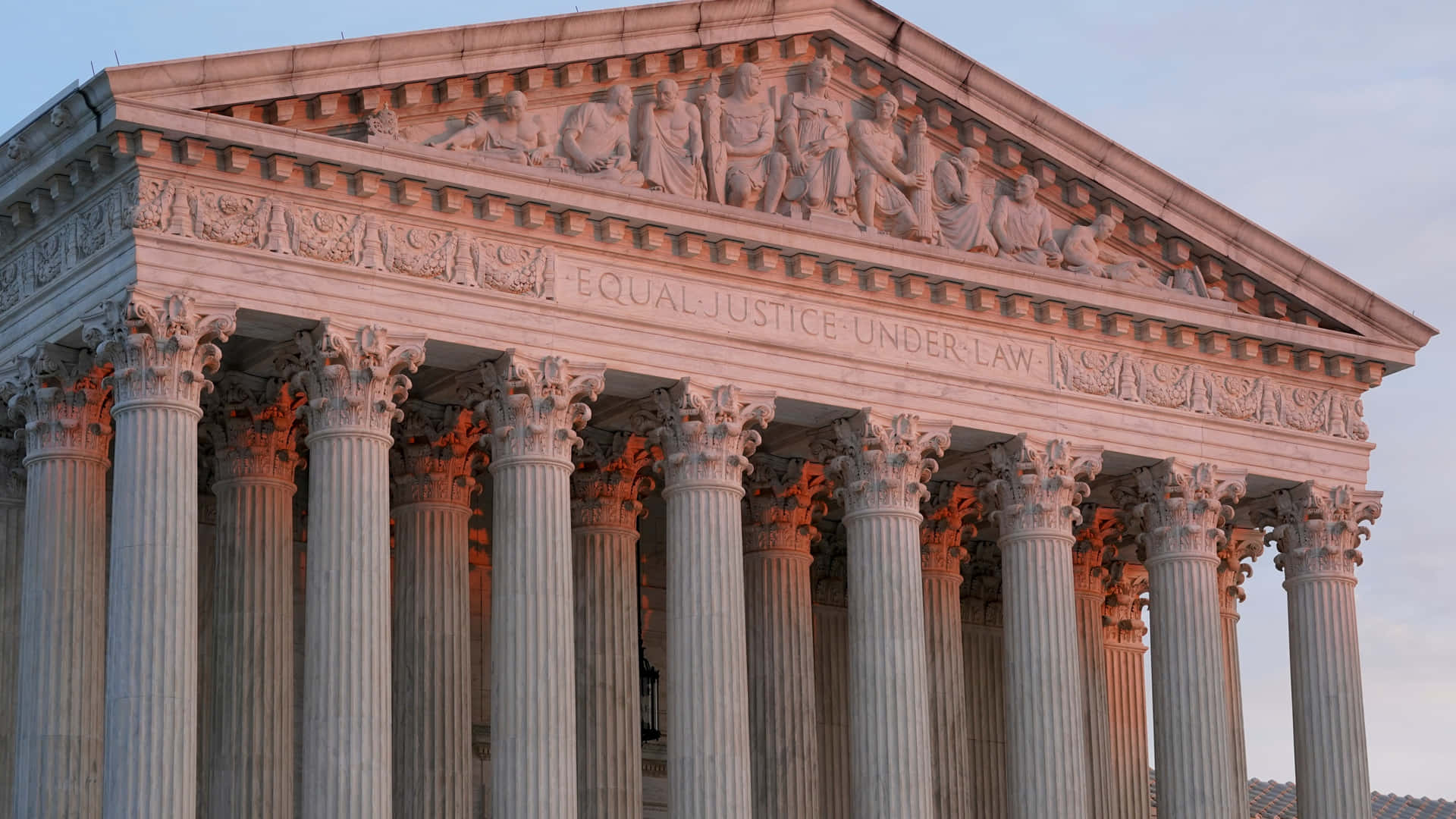In a recent landmark decision, the U.S. Supreme Court has significantly narrowed the scope of environmental reviews mandated by the National Environmental Policy Act (NEPA). This ruling, which has drawn considerable attention from both industry stakeholders and environmental advocates, reshapes how federal agencies assess the environmental implications of their projects. The implications of this decision are poised to affect various sectors including energy, transportation, and infrastructure development.
The essence of the Supreme Court’s ruling hinges on limiting the requirement for extensive environmental assessments. NEPA, enacted in 1970, was designed to ensure that federal agencies consider the environmental effects of their proposed actions before committing to them. This law requires thorough investigations into potential impacts, and it affords the public an opportunity to comment on these evaluations. Advocates have argued that this process is crucial for engaging communities and preserving ecological integrity.
However, in this latest case, the Supreme Court found that the scope of required environmental reviews could be streamlined, particularly for projects that do not have a significant impact or are deemed categorically exempt from detailed studies. This decision is expected to reduce administrative burdens for federal agencies and allow for expedited project approvals. Proponents of the ruling assert that less stringent review processes could enhance economic development and accelerate critical infrastructure projects.
Critics, including environmental organizations and public interest groups, argue that this change could undermine environmental protections and diminish public involvement in decision-making processes. They believe that easing the requirements for environmental assessments could lead to harmful consequences, particularly in vulnerable ecosystems. The ramifications of this ruling could be far-reaching, especially in relation to projects that involve land use changes, energy extraction, and other activities with the potential to impact air and water quality.
The case preceding this ruling involved a dispute concerning a proposed infrastructure project that faced opposition from environmental groups. The Court’s decision ultimately reinforced the administration’s stance that federal agencies should have greater leeway in determining what constitutes a necessary environmental analysis. Critics note that this ruling may pave the way for more projects to receive rapid approvals with minimal consideration of their ecological impact.
As industries prepare to navigate the new regulatory landscape, many are evaluating how they can adapt to the modified requirements for environmental reviews. The energy sector, in particular, is poised to be affected, as the ruling may facilitate quicker approvals for oil and gas projects that have faced delays due to lengthy environmental assessments. Developers and project managers will need to be vigilant in determining which specific regulatory exemptions may apply to their projects in light of the Supreme Court’s narrowing of review requirements.
Furthermore, the ruling raises questions about potential future legal challenges. As environmental advocates reassess their strategies for engaging in the public discourse surrounding proposed projects, there may be renewed efforts to challenge this decision in various forums, including state courts and Congress. Environmental laws have often functioned as battlegrounds for conflicting interests, and the Supreme Court’s latest ruling has intensified these dynamics.
In practical terms, agencies will now have to develop new guidelines that align with the Supreme Court’s rulings while ensuring they still meet the basic tenets of NEPA. This balance will require thoughtful consideration of which projects may warrant further scrutiny and how public participation can be effectively integrated despite the lowered requirements.
Many observers are watching closely to see how federal agencies will implement these changes, particularly in light of ongoing public concern about climate change and sustainable development. Stakeholders within the construction and development sectors view the decision as an opportunity to innovate, while environmental groups caution that a faster approval process should not come at the expense of vital environmental protections.
The ruling, therefore, marks a critical juncture in the ongoing debate about environmental regulation in the United States. As the implications of this decision unfold, the future effectiveness of NEPA itself may be at stake. Critics argue that while the intention to facilitate timely development is valid, the long-term consequences of reduced environmental scrutiny could prove detrimental to public health and ecosystem vitality. As project proponents and environmental advocates alike grapple with the impacts of this decision, the balance between economic growth and environmental stewardship remains a challenging and contentious issue.
In conclusion, the Supreme Court’s narrowing of the environmental review scope presents a pivotal shift in how federal agencies approach ecological impact assessments. The decision encapsulates a broader trend towards deregulation in various sectors and highlights the ongoing tension between development ambitions and environmental safeguards. The future will reveal how these changes will shape not only project timelines but also the larger dialogue surrounding environmental responsibility and public engagement in the decision-making process.



